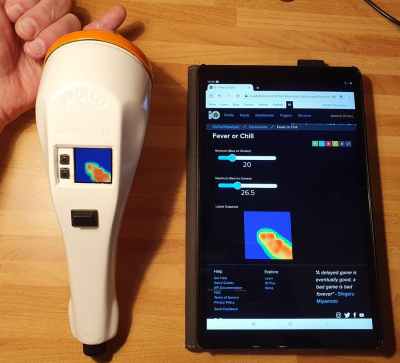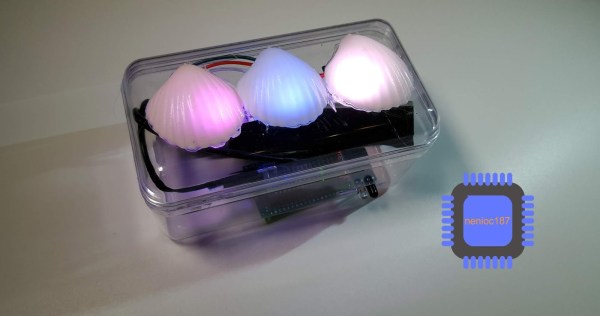In historical times, before the pandemic, most people had to commute to work in the mornings, and breakfast often ended up being a bit rushed. [Elite Worm] is very serious about getting his breakfast mix exactly right, and o shave a bit of time off the prep, he built a 3D printed automatic ingredient dispenser for his breakfast bowl.
[Elite Worm] breakfast consists of four ingredients, that have either a powder or granular consistency. They are held in 3D printed hoppers, with a screw top for refilling and a servo-operated door with a funnel at the bottom. The hoppers need to be shaken to properly dispense the ingredients, so all four are mounted on a bracket that can slide up and down on linear bearings. The shaking is done by a brushed DC motor with a slider-crank mechanism, which moves bracket and hoppers up and down very vigorously. [Elite Worm] notes that the shaking is probably a bit too violent and can make the entire table shake if it isn’t sturdy enough, and reducing the motor RPM might be a good idea. Below the hopper system sits a movable weighing station with a load cell, a custom ATmega328P based control board and a Nextion touch screen display, which allows for various ingredient combinations to be saved. The load cell is used to keep track of the ingredient quantities by weight, as they are dispensed one at a time.
We really like the ingenuity of the build, but personally, we would have swapped out the hopper for something that’s moulded, since all the crevices in 3D printed parts is a perfect place for bacteria to grow and can be tricky to clean properly Continue reading “Getting Your Morning Mix Exactly Right, Every Time”





 was not exactly in mint condition. Supposedly this type of detector was used to monitor the exposure of personnel to microwave radiation in an industrial environment.
was not exactly in mint condition. Supposedly this type of detector was used to monitor the exposure of personnel to microwave radiation in an industrial environment.












